The year 2017 is called "the inaugural year of RPA boom" when many enterprises and organizations from various industry sectors commenced the study of RPA implementations. Whereas, the reality is that many RPA users failed to manage implementation of RPA in effective manners and haven't realized that RPA deserved the expenses, unfortunately. How can you break the status quo to exploit the benefit of RPA? This article helps you find answers to such questions as well as keys to success.
There are several patterns of troubles in RPA implementation as follows. (See Figure 1)
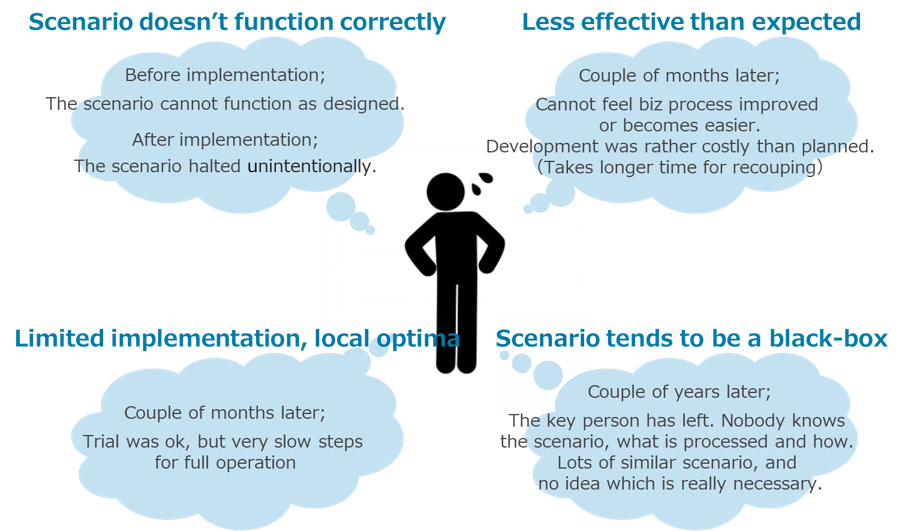
Figure 1. Typical troubles upon implementation of RPA
RPA is itself not a "promoter" of KAIZEN but a "one-of-means" to promote KAIZEN. It is essential that a HUMAN needs to promote your KAIZEN with particular intensions until the plan of your KIAZEN is carefully designed to find the actual way to achieve it. Also it is the HUMAN that owes responsibility of security or other practical matters with which the company must complies or guarantees.
On the other hand, RPA is not just a conventional "IT tool" but a new "partner" that co-works with HUMEN. When you implement RPA is your actual business process, it is necessary to set up a project rather than to replace such business process with RPA as it is.
We often notice fundamental factors of troubles related to RPA implementations are the results of not paying careful considerations to basic questions such as "how should a business task be operated?" or "what is relevant types of business task to which RPA is better fit?".
Here, we explain proper steps to be taken for smooth implementation to avoid troubles as exemplified in the previous section.
In order to consider solutions for business process improvement, it is important to conduct a business process assessment to extract issues implied in the target business process. When you consider solutions, you should remain rooms to ponder conventional approaches as well, such as preparing new rules, developing new systems, modifying the existing system, and outsourcing, noting that your solution can be versatile and is therefore not limited to implementation of RPA. You should also note that objective is the improvement of your business process and that RPA is one the means to be taken. As shown in Figure 2, the most relevant solution should be chosen as per the characteristics of each solution.
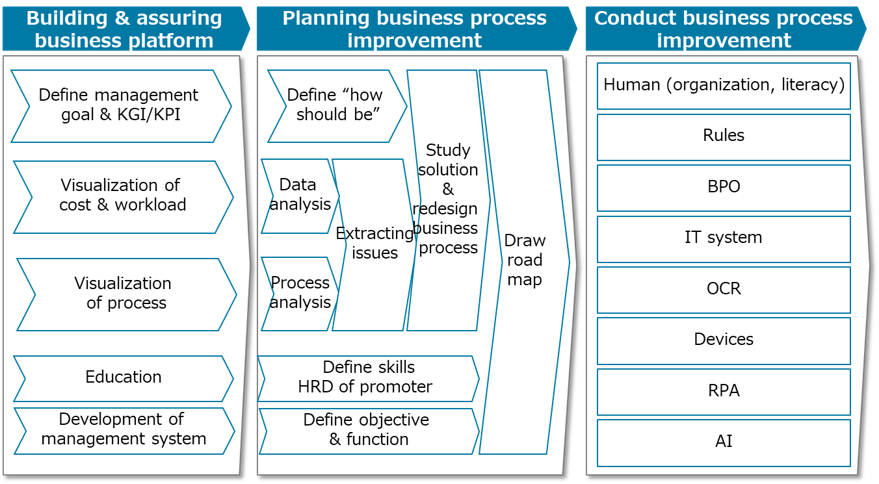
Figure2. Conducting business process assessment considering improvement solution
Here, the implementation of RPA was chosen as the most relevant solution as a result of business process assessment. The situation where the business process is visualized is as follows.
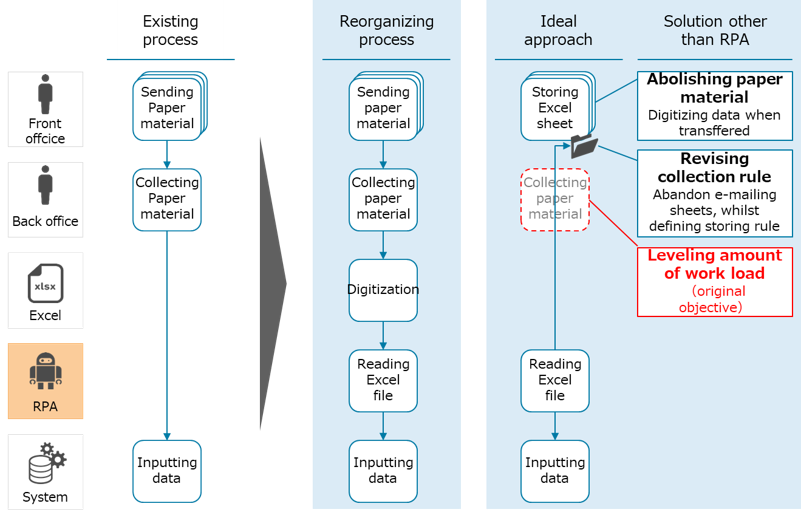
Figure 3. Example implementation of RPA over business flow of data input to system via paper material
Here, as shown in Figure 3, suppose RPA be implemented over a certain business process under the following assumptions; - receiving paper material and passing it to an operator, - the operator will input relevant data from that sheet into a system, and - frequency of those event is very bursty.
If you follow conventional business flow and adopt an approach that will replace human operations such as data input into a system with RPA, it is difficult to fulfill the objective of business process improvement. This is because you still need back-office (or human) that transfers the data into Excel so that RPA can read such data. Whereas, if you implement RPA after the consideration of appropriate solutions such as abolishing use of paper material, you are more likely to fulfill the original objective. Like this example of redesigning business flow, you can design effective scenarios that avoid local optima.
When the scenario design is completed, you can move on to the scenario development phase, bearing in mind that the scenario should be finished to be practical in use by specifying and resolving error patterns through the UAEs that should be more extensive than those conducted in conventional system development.
As scenario itself can be customized flexibly, it is important to "foster" the scenario by customizing to meet the real business process rather than to stop maintaining the scenario once the development is completed.
The benefit realized by RPA is of significance, whilst you should notice certain risks. Figure 4 summarizes potential risks and corresponding countermeasures.
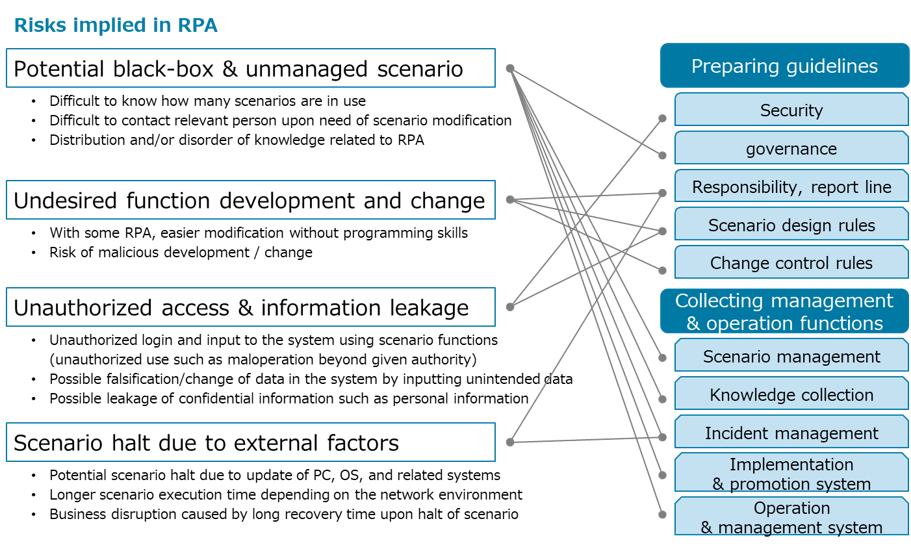
Figure 4. Risks implied in RPA and countermeasures
Although there is no unique answer as to what extent the countermeasures are prepared, you may sometimes need to make them complying with at least existing internal security policy or to review such policy itself.
Without any experience, you may see difficulties in taking those steps. As such, it is preferable to carefully prepare plan and to establish a project involving stakeholders. Figure 5 shows a typical roadmap for the purpose of helping your project. Note that this roadmap assumes RPA is introduced in your work place on a bottom-up basis.
1. Trial in a particular department/section
2. Implementation/application to other department/section
3. penetration
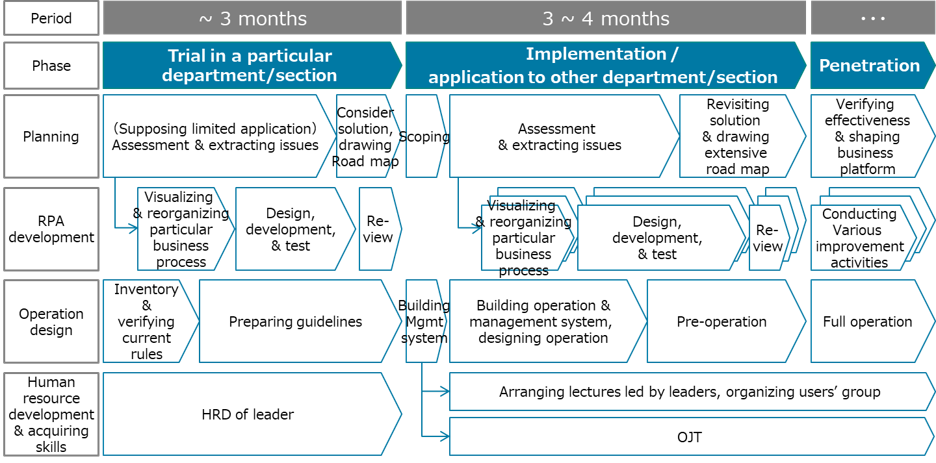
Figure 5. Typical road map (as in the case of RPA implementation with bottom-up approach)